Six Artists In Search of Themselves
With drama, theater, magical realism and a twist of the absurd, these artists give the self-portrait a makeover
Michael Vasquez, an artist who creates large-scale images of street gangs and well-tattooed homeboys, grew up without a dad. His mother worked as an office manager in a law firm in a St. Petersburg, Florida. “If there is not a father figure in a boy’s life,” says the 31-year-old artist, “who teaches him to be a man?”
“A lot of my work is narrative,” he says, pointing to his work entitled, The Neighborhood Tour, of a child riding atop the handlebars of a bike. The teen pedaling is cloaked in a black hoodie; his arm is wrapped firmly around the little boy. “The kid is venturing out into the neighborhood and the black background is the unknown; there is a lot of safety expressed in that embrace.”
Vasquez was discussing his work at a press preview recently for the National Portrait Gallery’s new exhibition “Portraiture Now: Staging the Self,” a show that features the biographical works of five other Latino artists, including David Antonio Cruz, Carlee Fernandez, María Martínez-Cañas, Karen Miranda Rivadeneira and Rachelle Mozman.
The show takes a sharp departure from the more traditional form of portraiture that the museum is known for—historic paintings, drawings and sculptures of America’s presidents, playwrights, poets and other persons of renown. “I’m really into the art of portraiture,” says the museum’s director Kim Sajet. “This is where we can have a lot of fun,” she says, adding that she hopes to explore the cutting edge of portraiture, including the recent commissioning of a monumental landscape portrait that will appear on the National Mall this October.
The six contemporary artists address self portraiture as a psychological and self-revelatory exploration of family, background and origin. The paintings, photographs and collages form a type of visual diary telling stories to express identity. Taking the shape of documentary, theater, the absurd and magical realism, they bring genius and creativity to a new kind of selfie (thankfully, minus the outstretched arm).
Vasquez’ identity is one that includes the experience growing up in Florida’s Pinellas County among street gangs, whose members became his friends and mentors. “Some people think I glorify gangs, but I try to show the caring aspects. I have other works that deal with the burden of that lifestyle.”
The Los Angeles-based artist Carlee Fernandez calls herself a sculptor but her works are expressed in photography. Her body becomes the basis or anchor for her “sculpture” as she takes on other identities, animal, human, even as another artist Franz West. But one of her most peculiar images became the icon for the show and calls for an explanation. A close up of her face—feathered hairstyle, bare shouldered—depicts her steady, direct gaze at the camera. Her nose, though, is stuffed with long wisps of brown hair or fur. “I wanted to use my own body within an animal—a bear,” she says of several images that depict her wearing portions of a bear suit. “Tidbits of fur were lying on the floor, so I stuck them in my nose, to make myself more masculine.”
Other artists in the show carry on the theme of searching for the self. New York artist, Rachelle Mozman, who is also from Panama, works with her mother, creating dramatic scenes with mom starring in most of the roles. David Antonio Cruz’ collages address the story of Puerto Rican migration. María Martínez-Cañas plays with the interconnectivity of both her father and her own features in a series of prints that merge their faces by degrees, or rather percentages. And Karen Miranda Rivadeneira stages reenactments that speak to a story telling magical realism with her Ecuadorian family using photographs that recreate her powerful or significant memories. Here she is in a field of nasturtiums, or with her mother braiding her hair, or in an hilarious scene in a park, when her mother makes her feed an army of iguanas to exercise her fear of the creatures. These scenes, Rivadeneira points out, are a “means for reflection and a search for truth.”
Portraiture Now: Staging the Self, curated by Taína Caragol, Brandon Fortune, Rebecca Kasemeyer, Dorothy Moss and David C. Ward is on view at the National Portrait Gallery through April 12, 2015. Hispanic Heritage Month at the Smithsonian is celebrated through October 15.
/https://tf-cmsv2-smithsonianmag-media.s3.amazonaws.com/accounts/headshot/Beth_Head_Shot_High_Res-14-v2.png)
/https://tf-cmsv2-smithsonianmag-media.s3.amazonaws.com/filer/5b/4d/5b4d2da5-0b59-4f96-bc6b-841c96bb95fb/rivadeneira_braiding-hair.jpg)
/https://tf-cmsv2-smithsonianmag-media.s3.amazonaws.com/filer/55/15/5515f679-c6ef-4894-9330-68cff0405c01/martinez-canas_duplicityasidentity90.jpg)
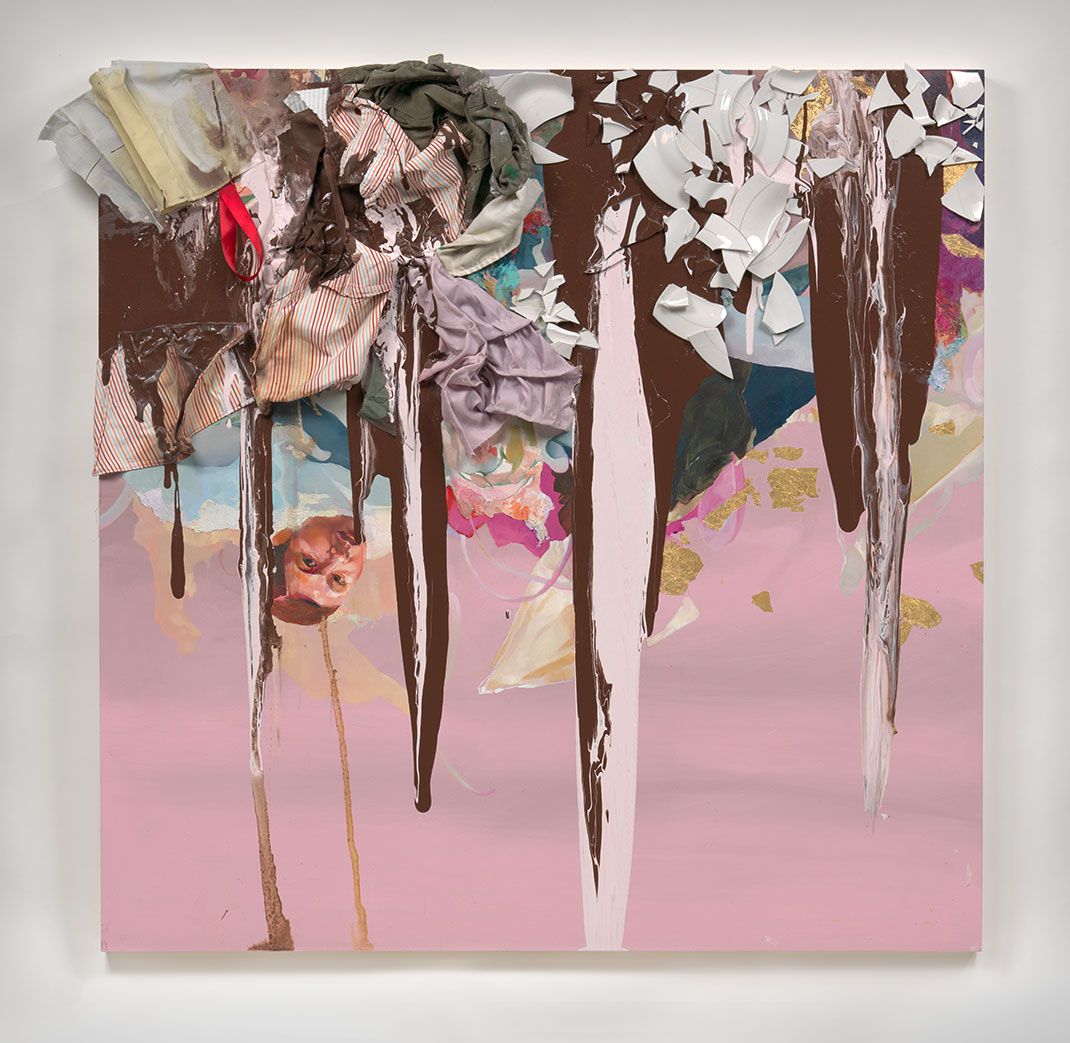
/https://tf-cmsv2-smithsonianmag-media.s3.amazonaws.com/filer/e7/64/e7648505-a619-4e00-b6b3-002820f7a97f/mozman_el-nino.jpg)
/https://tf-cmsv2-smithsonianmag-media.s3.amazonaws.com/filer/c2/1d/c21d6750-dac0-4baa-910e-2dcf7d48517f/vasquez_ybg-collage.jpg)
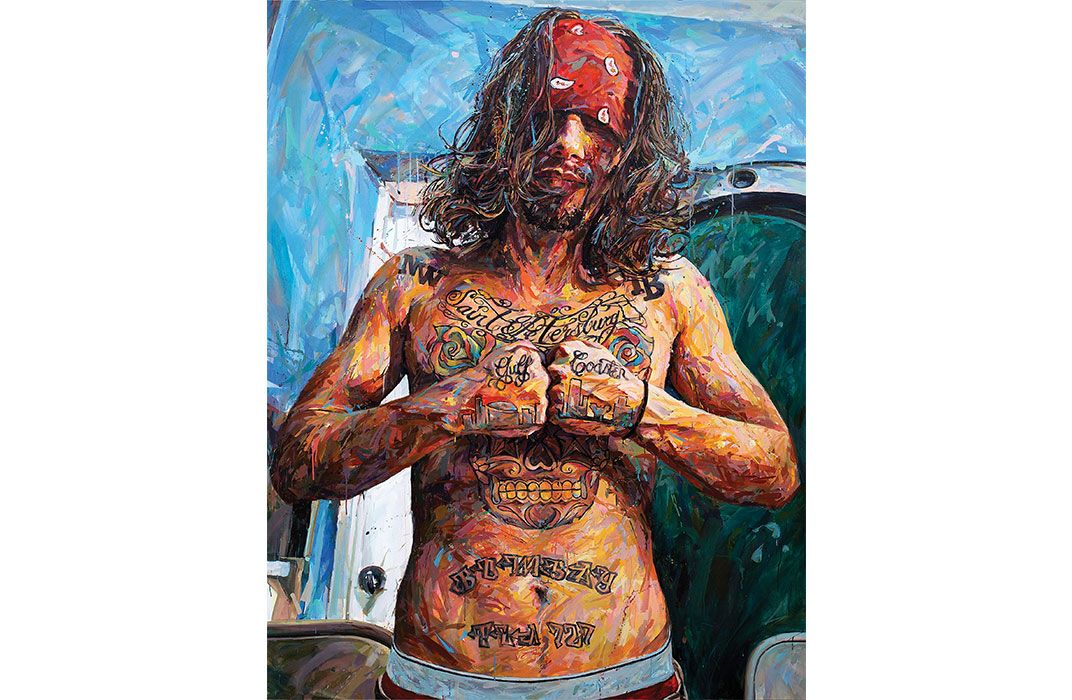
/https://tf-cmsv2-smithsonianmag-media.s3.amazonaws.com/filer/70/7e/707ed1c4-147e-466c-a487-b721ce50e43c/vasques_the-neighborhood-tour.jpg)
/https://tf-cmsv2-smithsonianmag-media.s3.amazonaws.com/filer/4d/c1/4dc15448-28ea-41e2-8d23-e119a003dbd2/rivadeneira_thanking-rain.jpg)
/https://tf-cmsv2-smithsonianmag-media.s3.amazonaws.com/filer/04/eb/04eb4ae8-6adf-4d8c-9903-7c54c9799a0c/rivadeneira_iguanas.jpg)
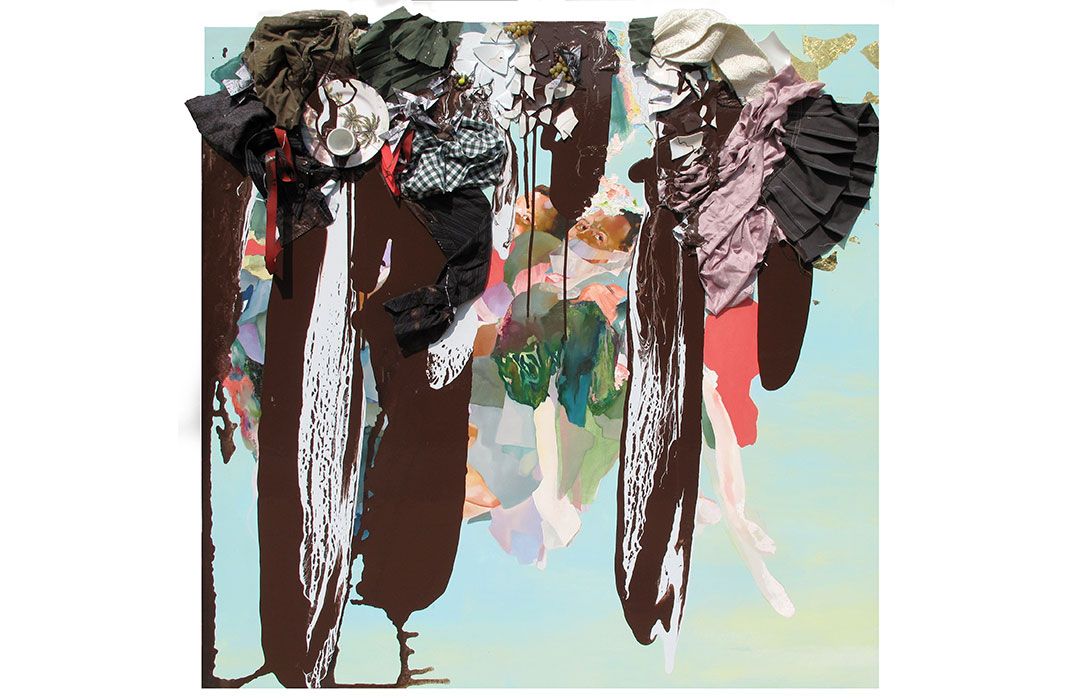
/https://tf-cmsv2-smithsonianmag-media.s3.amazonaws.com/filer/f0/e5/f0e562ab-4fa2-4d96-badb-e270a0a4249e/mozman_piscina.jpg)
/https://tf-cmsv2-smithsonianmag-media.s3.amazonaws.com/filer/b5/9b/b59b11f9-b01b-48ea-82cc-ab458f1a7008/mozman_el-espejo.jpg)
/https://tf-cmsv2-smithsonianmag-media.s3.amazonaws.com/filer/c0/87/c0878313-3249-4214-88bf-c21409696409/martinez-canas_duplicityasidentity50.jpg)
/https://tf-cmsv2-smithsonianmag-media.s3.amazonaws.com/filer/c1/d9/c1d988be-686d-4884-8fb1-1b87e406c69d/martinez-canas_duplicityasidentity10.jpg)
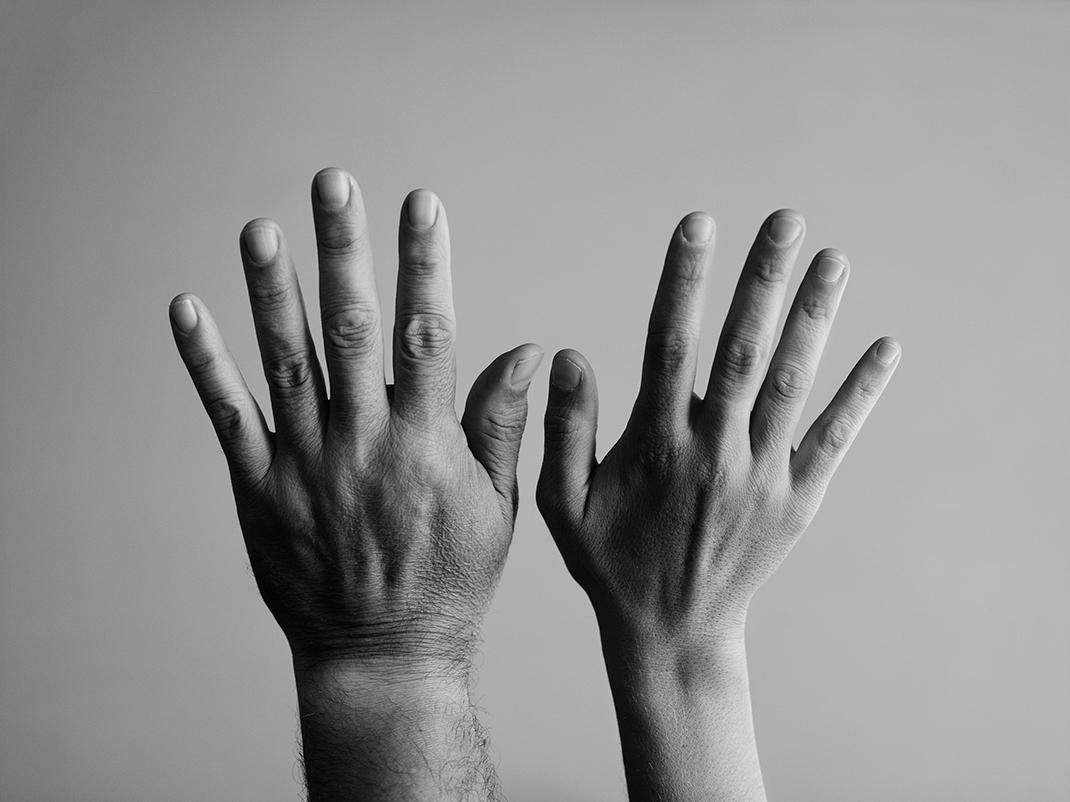
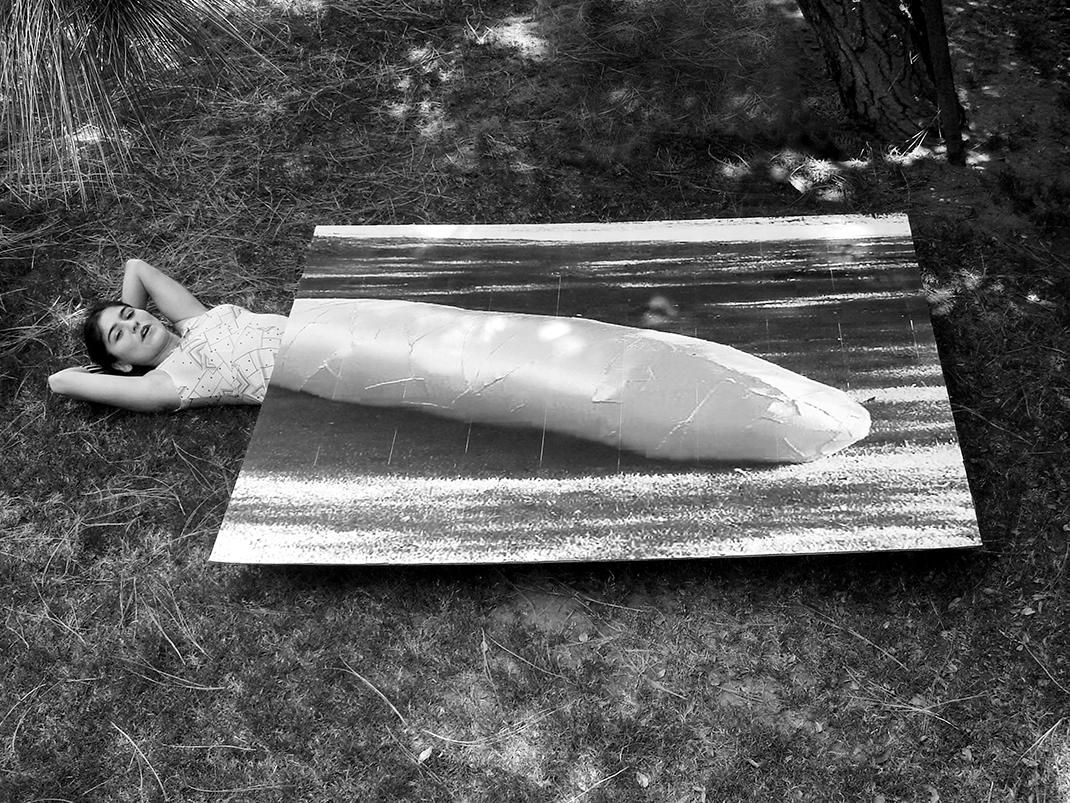
/https://tf-cmsv2-smithsonianmag-media.s3.amazonaws.com/filer/78/b4/78b45051-e162-481a-9106-101accaa8317/fernandez_bear-hair-study.jpg)
/https://tf-cmsv2-smithsonianmag-media.s3.amazonaws.com/accounts/headshot/Beth_Head_Shot_High_Res-14-v2.png)